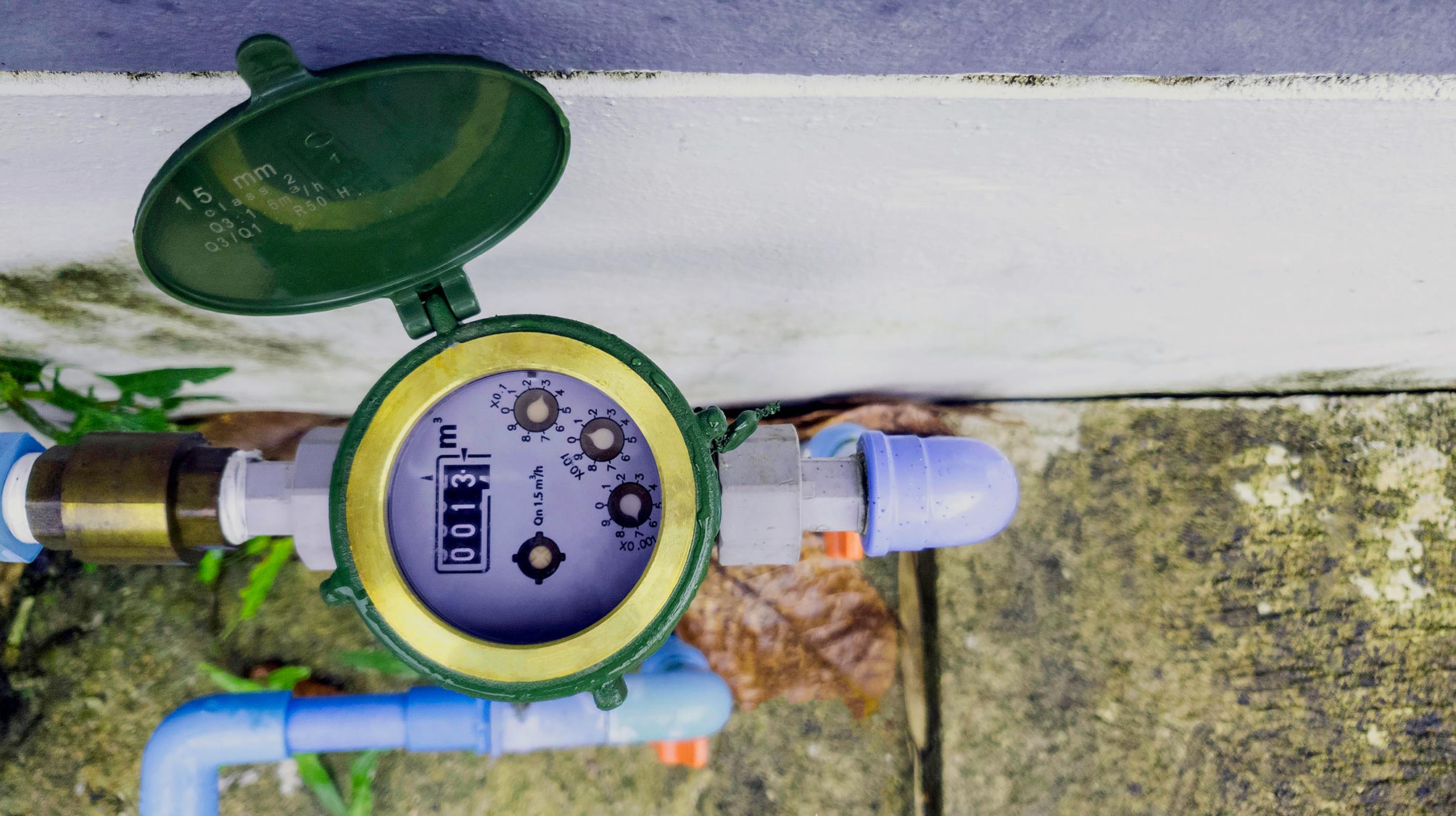Are you currently hunting for help and advice on Commercial Backflow Testing?

Yes, you require to backflow test your residence's water supply to make sure that the water is without toxins and harmful levels of chemicals. Because of the equipment needed and space for error, you should not try to perform backflow testing on your own. We recommend that you call a professional plumber every number of years to examine your water.
What is Backflow?
Basically, backflow is when water moves upwards-- the contrary direction in the plumbing system. This is additionally called "backpressure." When the water moves in this direction, it can combine with unsafe toxins as well as present a threat.
What Causes Backflow?
A common reason of heartburn is a loss of water stress that causes the water to siphon back into the water supply. After some time, there is a loss in water pressure and the hose begins to draw the water back into the water supply. As you can think of, there are currently chemicals from the paint that are entering the water supply, possibly presenting a threat.
Backflow Testing is Called For by Law in Specific Cities
Depending on where you live, you may really be needed by law to backflow test your legislation. For example, Iowa City maintains a record of all properties served by the city's water system. The city calls for that certain "high-hazard" centers undergo heartburn testing. In many cases, properties such as houses and also apartment buildings are affected.
You Can Stop Heartburn
The major objective of a backflow tool is to prevent water from moving backward right into your water supply. Plumbing technicians install the tool on the pipelines in your house to ensure that the water only flows in the correct instructions.
Heartburn Can Impact Both You and Your City
Numerous cities develop backflow guidelines due to the fact that hazardous heartburn can impact the general public water along with a solitary structure. Contemporary cities have backflow devices in area that protect the water supply that comes from many homes and industrial residential or commercial properties. The real risk comes from irrigation systems, which can harm the water supply with toxic fertilizers, manure, and also other chemicals.
Call a Plumber to Check for Heartburn Before It is Far too late
A plumbing company can rapidly test your residence's water to establish if there are any kind of unsafe chemical levels. As well as if you do discover that your water has high degrees of toxic substances, a plumber can easily set up a heartburn prevention tool.
Yes, you need to backflow examination your residence's water supply to ensure that the water is free of toxic substances and also harmful degrees of chemicals. A common cause of heartburn is a loss of water stress that causes the water to siphon back into the water supply. After some time, there is a loss in water pressure and the hose begins to draw the water back right into the water supply. The primary objective of a heartburn device is to stop water from streaming in reverse right into your water supply. Numerous cities establish backflow guidelines due to the fact that dangerous backflow can affect the public water supply in enhancement to a single structure.
WHY DOES BACKFLOW TESTING NEED TO BE DONE EVERY YEAR
What Is Backflow?
Toxic gas backing up into a building is one example of potential backflow issues, but backflow can occur in many other ways.
Backflow is generally referred to as the reversal of a liquid or gas in a plumbing system.
Most issues for the public occur with backflow resulting in contaminated drinking water. If you look up backflow issues online you’ll probably find references to “potable” water. That means drinking water.
There have been backflow issues in the past with drinking water. Chemicals, sewage and other contaminants have found their way into drinking water causing health issues for those that count on the fresh water.
What Causes Backflow?
In a residence or commercial building water generally flows one way. This normal flow is usually driven by consistent pressure in the water and waste system.
Anything that changes the normal pressure in the system can lead to backflow.
Fire hydrant use or malfunction can reverse the normal pressure in the system on a city line, but backflow can occur in a number of different ways.
Sometimes backpressure might be caused by someone using a garden hose and submerging the end of the hose in a pool of liquid. If pressure is lost the flow could reverse and contaminants could be released into the drinking water.
Anytime there is a connection between contaminants and the drinking water there is potential for a backflow issue. Sometimes these connections are not immediately obvious like the garden hose connecting to a building’s drinking water supply.
Backflow Regulations
The Environmental Protection Agency (EPA) provides guidelines and regulations for state and local governments regarding backflow. State and local governments also have their own guidelines and regulations for backflow prevention.
Arizona has its own backflow regulations.
Due to issues with backflow in the past, regulations require backflow preventer devices to be used in nearly all residential and commercial buildings.
A backflow preventer is a device that prevents backflow as cross-connection points where potential backflow issues may occur.
While backflow is not a common occurrence, preventers are in place to make sure there is no contamination should something malfunction or go wrong with a building’s water supply.
I found that article about Commercial Backflow Testing while surfing around the web. In case you enjoyed reading our post kindly make sure you remember to pass it around. I cherish reading our article about Backflow Testing.
Call Today